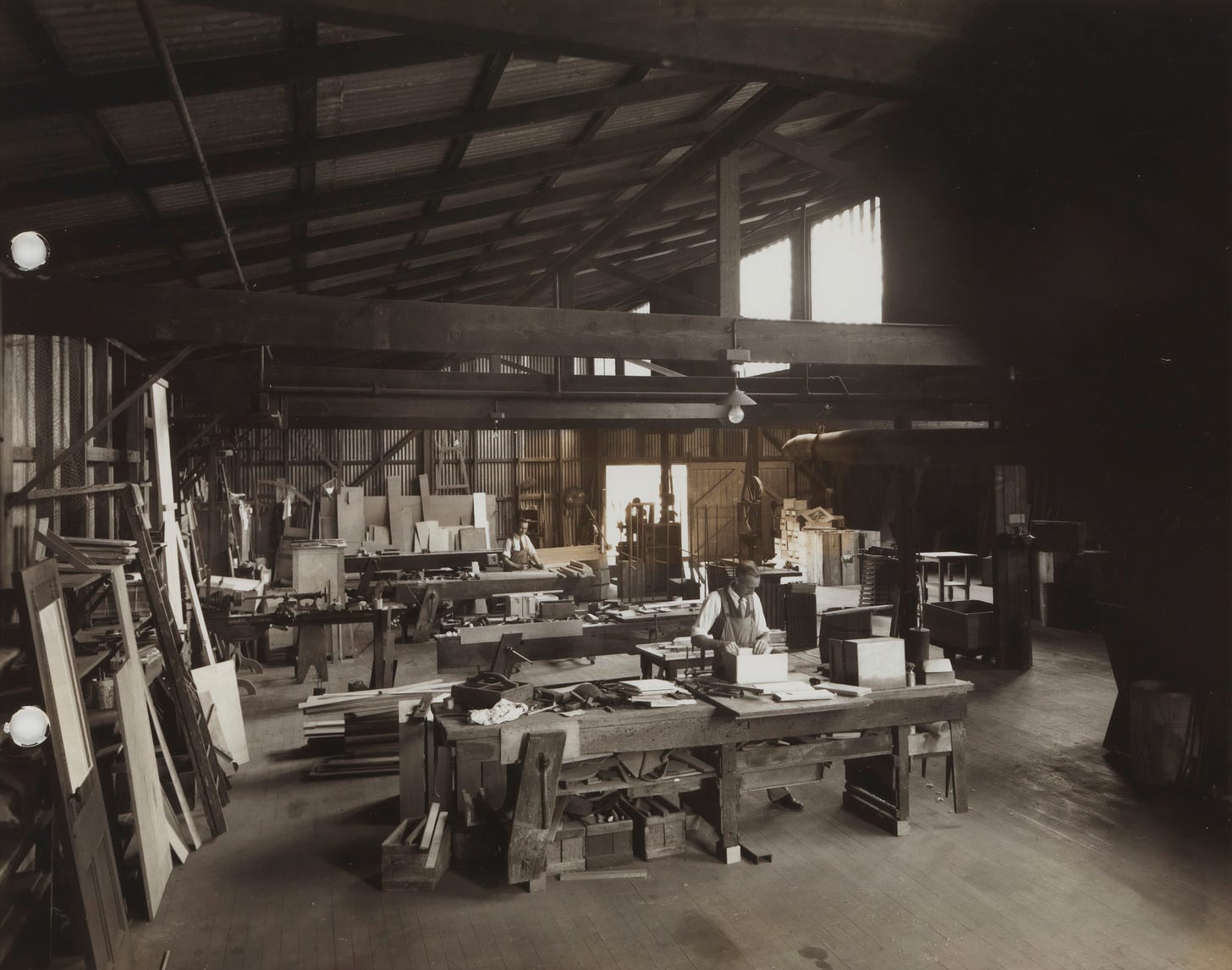The Clock Strikes Forty

Once upon a grueling time in the United States, when sweat was the daily cologne of the working class, the boundary between work and life was as thin as the bosses’ excuses for overtime. The American worker was seemingly married to the clock, and it was not a happy union. But a change was brewing in the annals of the labor movement, and its name was the U.S. Fair Labor Standards Act (FLSA) of 1938. This groundbreaking legislation pranced onto the scene and said, "Enough! Forty is the new forever!" and thus, the 40-hour workweek was born. This wasn't just a change; it was a revolution with a lunch break.
On October 24, 1938, the FLSA was signed into law, forever changing the American work landscape. Now let’s wind back the clock (not the overworked factory one) and delve into how this monumental change came about.
The industrial revolution had turned factories into the theaters of dreams for the owners and nightmares for the workers. Days stretched long and the concept of a weekend was as foreign as a pineapple pizza in the 1800s. The cry for fair labor practices was growing louder, echoing through the smokestacks and over the assembly lines.
Enter the Fair Labor Standards Act of 1938. This piece of legislation was like the superhero the labor force had been waiting for. It didn’t wear a cape, but it carried a gavel and had the power of law. It swooped down to save the day by setting the maximum workweek to 40 hours. Any time worked over that would be considered overtime and would come with extra pay. This was the U.S. government’s way of saying, “We like you to work, but let’s not turn this into a Dickens novel.”
However, the journey to this monumental legislation wasn't a cakewalk. As the whispers of change turned into roars, opposition from certain business sectors grew vehement. Many industrial magnates were far from thrilled at the prospect of having their wings clipped. They waged a fierce battle in the halls of Congress, brandishing threats of economic downturn and loss of competitiveness. Yet, amidst the cacophony of debates and the clatter of industrial greed, the cries for justice from the labor force echoed louder. The imagery of worn-out workers, their faces etched with the tales of relentless hours amidst the clanking machinery, fueled the resolve of reformists. The battle was hard-fought, with every clause of the FLSA scrutinized and debated under the harsh glare of opposing interests. But as the gavel came down with the enactment of the Fair Labor Standards Act, the winds of change began to sweep across the American industrial landscape, heralding the dawn of a new era where the dignity of labor took precedence over the insatiable appetites of industrial barons.
With the stroke of a pen, President Franklin D. Roosevelt helped the nation take a giant step away from the abyss of endless work. The FLSA went into effect, and the 40-hour workweek became the standard, forging a new era of work-life balance. Suddenly, the American worker had what seemed like a luxury - time. Time to spend with family, time to enjoy leisure activities, and time to stand in line for the newly invented corn dog at the state fair.
The implementation of the 40-hour workweek was not just an economic adjustment; it was a societal shift, a redefining moment where the value of a worker’s time was officially recognized and fairly compensated.
So, the next time you punch out on a Friday afternoon, reminiscing over your 40-hour journey, tip your hat to the Fair Labor Standards Act of 1938. It's the unsung hero that made sure your weekends are your own, and not just another day to hear the boss’s not-so-funny jokes about meeting deadlines.



